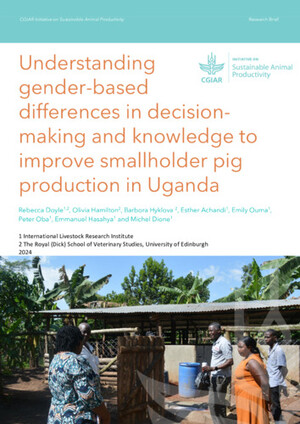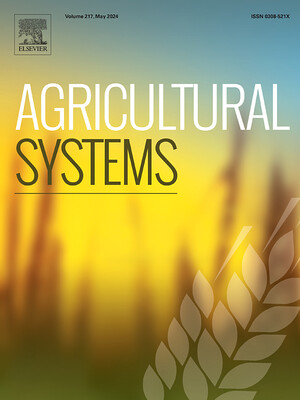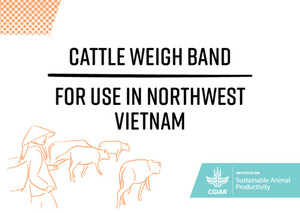
Transhumance livestock production in the Northern Areas of Pakistan: Nutritional inputs and productive outputs
Abstract
The Northern Areas of Pakistan form a mountainous, semi-arid region in which subsistence mixed farming is the predominant economic activity for the majority of the population, which numbers around 1 million. Following a period of relative isolation, construction of the Karakoram Highway and the ensuing development activity have been catalysts for rapid infrastructural and social change over the last two decades. In the study reported here, feed resources for the livestock enterprise, which is largely made up of cattle, goats and sheep, were studied in detail over the course of a single winter feeding season. Productive outputs including liveweight change, milk production and reproductive performance were also quantified over a full year. The aim of the study was to provide a quantitative description of the system and to assess the extent to which proximity to a major highway influenced livestock husbandary. Six villages across the region were selected for study as part of a 2 × 3 factorial design with one village per cell of the study design. Factors consisted of two geographical transects and three agro-ecological zones. Transects were the Karakoram Highway (KKH) transect which enjoyed relatively good transport infrastructure and the Gilgit Ghizer Region (GGR) transect where infrastructure was more limited. Agro-ecological zones were the single, transitional and double cropping zones. One village per transect from each of the three main agro-ecological zones was chosen for study with 6–7 households within each village studied. Results showed that feed resources per household did not vary significantly according to transect or zone but cattle numbers per household were higher in the GGR transect than in the KKH transect indicating a heavier reliance on subsistence livestock production in this transect. Live weight and body condition of livestock in the Northern Areas changed markedly over the annual cycle. Losses of live weight were in the order of 10% over winter while summer gains during the summer season averaged 35% of initial live weight. There were differences between transects, with animals in the KKH gaining less weight in summer but showing higher milk yield (in cattle) and better reproductive performance. The results indicate a typical system of smallholder livestock production with heavy reliance on cereal by-products, a mix of livestock species and a relative scarcity of stored feed resources relative to overall livestock holdings. This study also suggests that proximity to the main highway running through the Northern Areas is associated with a reduced but more feed-efficient livestock production system.
Citation
Duncan, A.J., Rahman, A., Miller, D.W., Frutos, P., Gordon, I.J., Atiq-ur Rehman, Baig, A., Ali,F., Wright, I.A. 2006.Transhumance livestock production in the Northern Areas of Pakistan: Nutritional inputs and productive outputs. Agriculture, Ecosystems & Environment. 117(2-3):195-204










